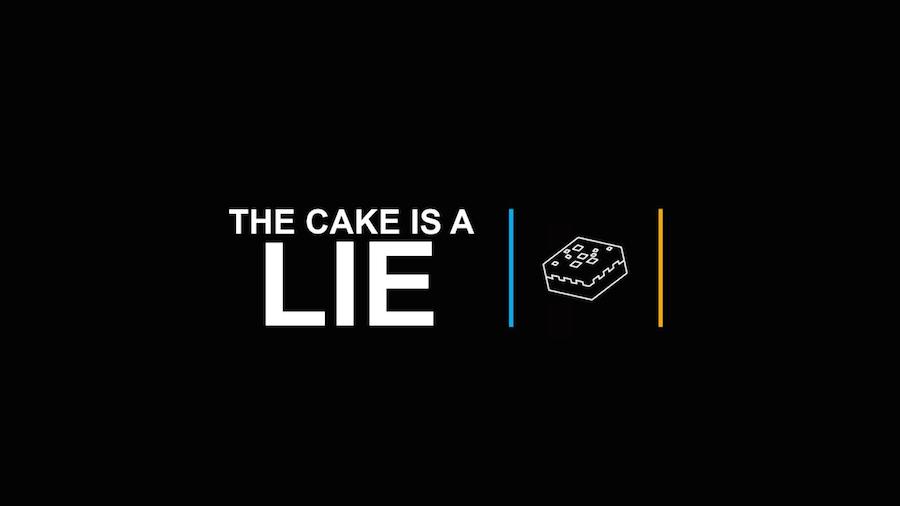Myths in bodybuilding. … those famous myths that you hear over and over again:
Eating too much fat will make you fat…
Don’t eat too much before going to bed …
And … try to stay within the anabolic window
without consuming too much protein …
nor high GI foods( to prevent insulin spikes!)
The list could go on like this for pages. How myths are spread? Why do they continue to exist to this day, while many have already been disproven scientifically?
This article won’t discuss and debunk myths; because there are too many. Instead, it will aim to reflect on the reasons why these myths exist in the first place. I invite readers to ask any questions on our dedicated platform; in order to get the right answers!
In my opinion, there are at least four factors that explain why and how myths are created and kept alive to this day.
1st Factor: The Market

Money makes the world go round. Many times, before health and education are concerned, it’s a question of profit: How can we get to buy more food, more equipment, and especially … more and more dietary supplements?
Shakers, fast food, magic pills and so on. It is in the best interest of those selling such products to keep consumers uneducated. This way, we will continue to believe that we must eat 6 meals a day, drink a shaker before and after working out, and consume casein before sleeping (or death will surely strike!)
Because the market feeds itself (no pun intended) thanks to consumer choices, we are left with swathes of biased or misinterpreted “studies” that convince us to believe various myths.
Although the article discusses myths concerning bodybuilding, these are also present in the health field, among others. Just look at the organic market (one in which I naively dived a few years ago), or the gluten-free market.
The sellers involved in these markets do their best to perpetuate myths. After all, if tomorrow consumers realize that they don’t actually need to buy whey, billions of dollars won’t fill the pockets of the supplement industry. Marketing is starving my friend.
2nd Factor: The Phenomenon of Repetition

Many sheep, ahem people, repeat what they learn before really questioning it. Just several such repetitions are enough for something to seem like the truth. How many bodybuilders still think that insulin is the devil, and that therefore high GI foods should be avoided?
No need to look too far: a statement, even if false, becomes reality if it is repeated enough. Add some good marketing and you’ve got the perfect recipe to monetize our credibility.
To be clear, there is a subtlety to be mentioned here. Some statements are still at the heart of debate (For example, vitamin D) and these are not really myths. The analyses and interpretations are constantly changing, however, as are the conclusions that are drawn. The beauty of science is admitting that a second observation has given very different results from the first; or that the methodology used is not the most relevant, etc …
Repetition that is perpetuated by celebrities, who repeat a speech, or do not tell us everything…
3rd Factor: Bad Faith

Yup.
Bad faith exists. Bad faith means not taking full responsibility for a mistake that has been committed, and trying to hide the truth at any cost; in order to (try) to preserve one’s integrity.
Websites, health professionals, health and nutrition experts or zealots in magazines and papers … they all can sometimes pursue a policy of denial. Several things can explain what drives these people to do this:
- Financial motives
- Political motives
- Strategic motives
These motives explain why we can find so much false information on the Internet. Often times, even if the author is aware of his mistake, he’ll prefer to obscure the truth. This is a phenomenon that fortunately exists less, thanks to the voice given to readers online. Today, misleading or deceptive facts are often called out and end up with a reduced life expectancy.
4th Factor: Incompetency
It’s simple: no one is good at “everything”. When it comes to the science behind nutrition sports, it is difficult to find people who can read a study, interpret it correctly, and finally come to unbiased conclusions.
Without a background in critical analysis, it is quite difficult to understand how studies work.
For example, certain words and language can be misleading (“significant improvement” without numbers or pertinent correlation is very misleading), and of course … correlation does not imply causation!
Sometimes, researchers may even deliberately make their study confusing (who fall in bad faith, for economic reasons, for example), making critical analysis all the more difficult.
The problem with trusting an intermediary’s analysis of a study is that they can be wrong (it happens), and they can also lie about their competence by hiding behind a set of wacky credentials and qualifications.
There are many people in this category: famous health professionals, experts, gurus; so forth and so on… who explain what not to eat in order to avoid becoming fat and ugly.
5th Factor: Lack of Motivation

I said 4; but I want to add lack of motivation. I think people in our societies are becoming less and less motivated to truly commit to a cause. Perhaps it’s because of the “infobesity” that strikes us; today there is a huge amount of studies available to us, many of which contradict each other.
This lack of motivation promotes a policy of repetition without critical judgment, not checking facts, missing the analysis of claims or sources; etc … all of which only helps keep myths alive.
Information is then propagated, even if it’s incorrect. Although lack of motivation is the most obvious on ‘amateur’ websites, it is also possible for journalists to not check their sources and retransmit what they read without proper research.
Conclusion
At least five factors allow myths to exist even if they were refuted long ago. For the reader, it’s not always easy to detect what’s true and what isn’t, especially without an adequate academic background. Few can actually critically analyze the information flowing around. While common sense may help us more accurately interpret information, it’s important to remember that this false or biased information is tied to important issues (eg financial). This explains why myths are not yet ready to completely disappear …





